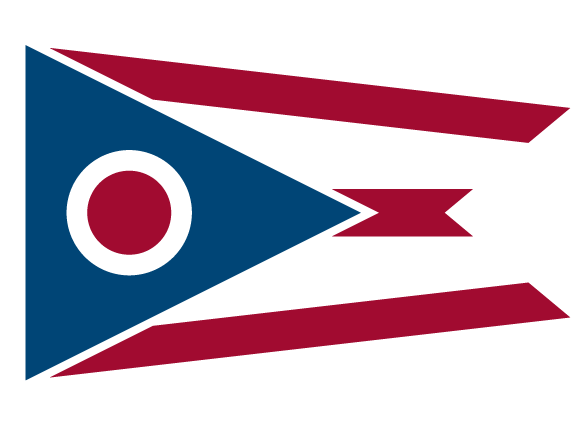History
Lake County Sheriff’s Office History
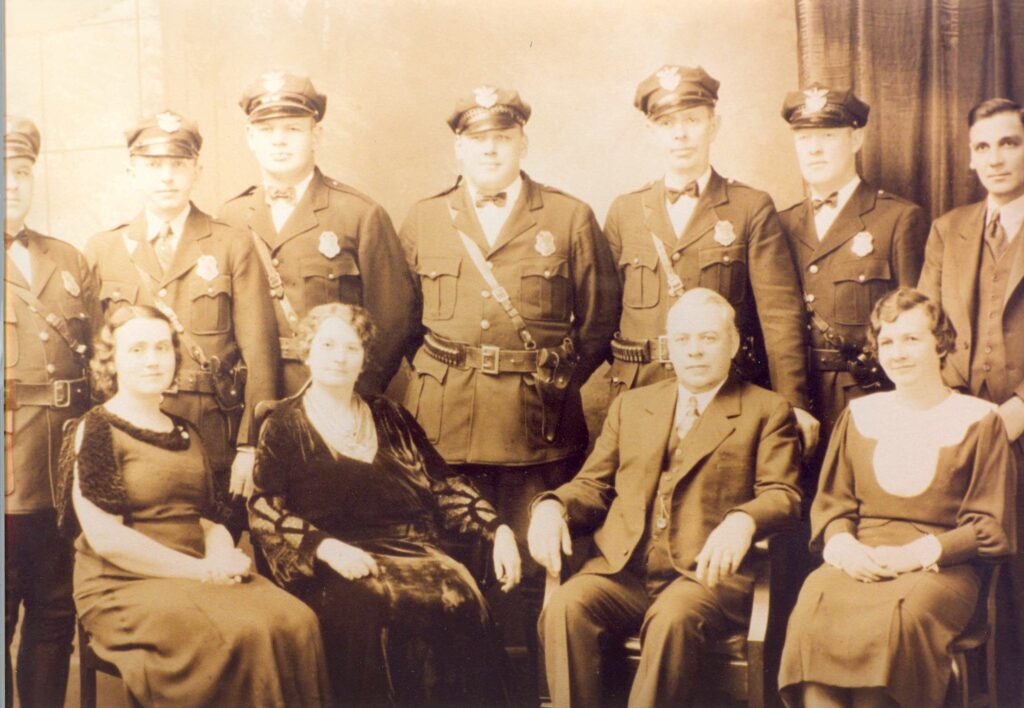
The history of the Sheriff’s Office can be traced back over 1,000 years to early England. It was here under King Alfred the Great in 871 that you can find early development of the Sheriff’s Office.
During the reign of Alfred the Great a new unit of government was created known as the “shire”. It was the forerunner of the modern day “county”. Each “shire” was led by a “reeve” (chief). It was the responsibility of the “shire-reef” to maintain law and order within his own “shire” (county). In those early days there were no police, no judges, no magistrates, etc … the Sheriff did everything. He had the power to arrest, raise armies, collect taxes, preside over courts, deal with traitors, and do everything on the King’s behalf.
In the battle of Hastings in 1066 the Saxon King Harold was defeated by the Normans. The Normans centralized power under the King and it was the Sheriff who became the enforcer of the law throughout the Kingdom. Even after the despotic King John was forced to sign the Magna Carta restoring basic rights and freedoms in England, the Office of Sheriff maintained its critical importance of keeper of the peace. It should be noted that the role of Sheriff is mentioned nine times in the Magna Carta.
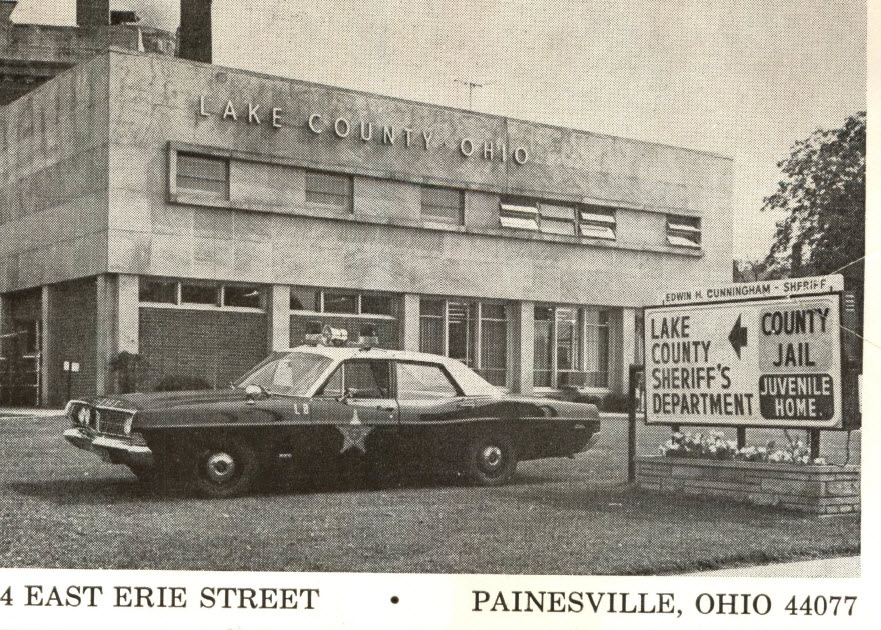
As English settlers came to the New World the Office of Sheriff traveled with them. When the first colonies were established in Virginia in 1634 one of their first actions was to elect a Sheriff. Thomas Jefferson in his work called “The Value of Constitutions” stated that “the Office of Sheriff is the most important of all executive offices of the country”
During the 1700’s and 1800’s American Sheriffs were given a broad range of responsibilities by colonial and state legislatures. Among the duties included maintaining jails and workhouses. The enforcement of law, maintenance of the peace, and the handling of criminals throughout the judicial process were responsibilities given to the Sheriff. As westward expansion evolved it was the Sheriff who was needed to establish order in the lawless territories where the fastest gun often ruled. It was during this time that many categorized the Sheriffs into two categories: the quick, and the dead. The icons of western lore such as Bat Masterson and Wyatt Earp immortalized the Sheriff’s Office in history and in legend.
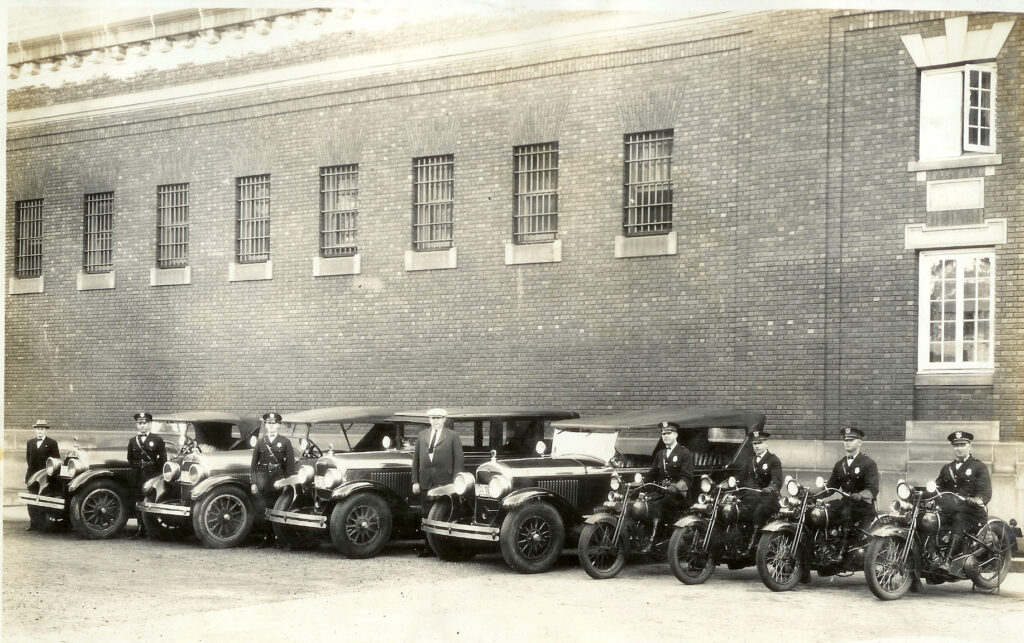
Today there are over 3,000 counties in the United States, and almost everyone has a Sheriff charged with maintaining order. Alaska is the only State in the Union where a Sheriff’s Office does not exist. It is equally important to note that the Office of Sheriff was the first County Office created in the United States
The Office of Sheriff was in place in Ohio prior to Statehood. Before Statehood was achieved in 1803 the Sheriff was appointed by the Colonial Governor. The first appointed Sheriff was Colonel Ebeneezer Sproat in 1788 who covered the area of all of eastern Ohio from the Ohio River to Lake Erie.
He’s a Buckeye! — is a phrase understood in every State in the Union. This phrase was first coined at Marietta by some Indians watching a parade of officials. On September 2, 1788, Indians representing the more powerful tribes of the northwest were assembled at Marietta to negotiate treaties. A great parade of all officials in the settlement marched to Campus Martius Hall to open the first court. The Indians were deeply impressed with the pageant, especially with  Colonel Ebenezer Sproat, High Sheriff. He carried a drawn sword, was over six feet tall, and so pleased the natives with his gallantry and size that they cried out, “Heap big Hetuk.” Hetuk is the Indian name for buckeye. The nickname never left Colonel/Sheriff Sproat and was gradually conferred upon all Ohio citizens.
Colonel Ebenezer Sproat, High Sheriff. He carried a drawn sword, was over six feet tall, and so pleased the natives with his gallantry and size that they cried out, “Heap big Hetuk.” Hetuk is the Indian name for buckeye. The nickname never left Colonel/Sheriff Sproat and was gradually conferred upon all Ohio citizens.
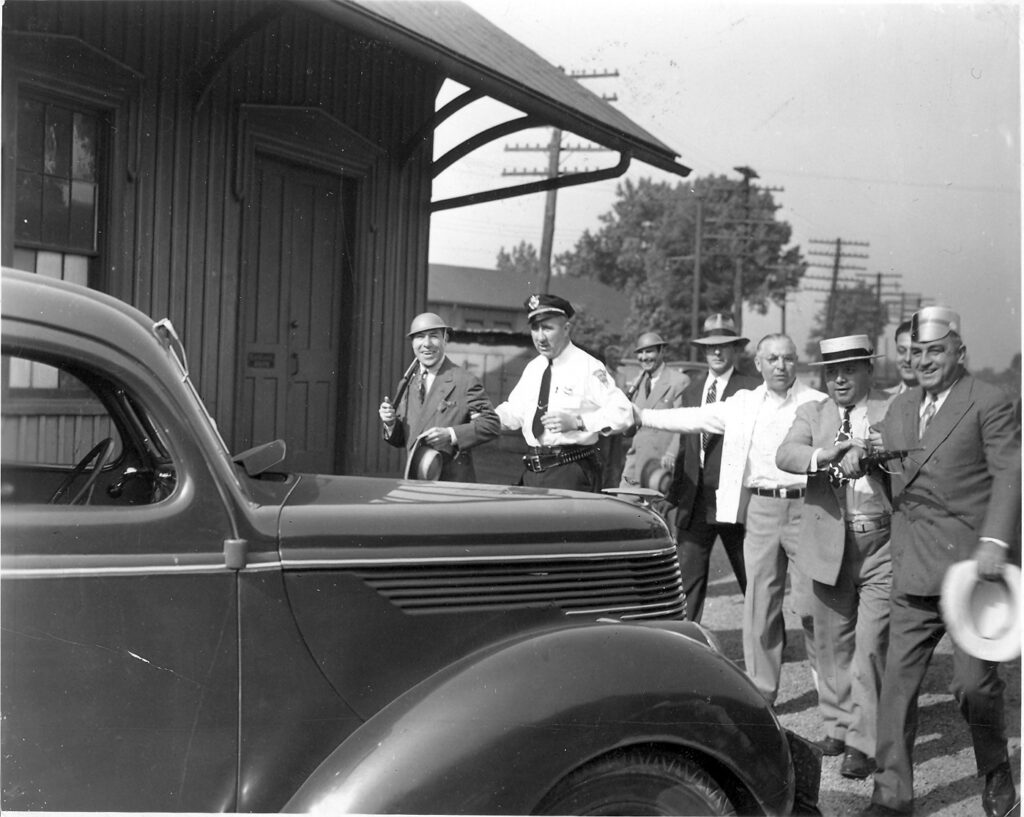
Today there are 88 counties in Ohio, and in each the Sheriff is the chief law enforcement officer. His duties primary duties are to provide common pleas court services and corrections on a county wide basis, and full police protection to the unincorporated areas of the county.
Lake County Sheriff’s By Date Of Service
| Lither P. Bates | 1840 – 1844 |
| Jabez A. Tracy | 1845 – 1848 |
| Dan Parker | 1848 – 1852 |
| William Clayton | 1852 – 1856 |
| Abner P. Axtell | 1857 – 1860 |
| Jacob V. Viall | 1861 – 1864 |
| John M. Benjamin | 1865 – 1868 |
| Samuel Wire Jr. | 1868 – 1872 |
| Henry M. Mosher | 1873 – 1876 |
| Charles T. Morley | 1877 – 1880 |
| Ansel D. Barrett | 1881 – 1884 |
| John Austin | 1885 – 1888 |
| Albert Button | 1889 – 1892 |
| Sanford D. Barber | 1893 – 1896 |
| Sultan St. John | 1897 – 1900 |
| Frank G. Hughes | 1901 – 1904 |
| Jake W. Hunter | 1905 – 1908 |
| William M. Baker | 1909 – 1912 |
| Ora M. Spink | 1913 – 1916 |
| Del L. Phelps | 1917 – 1920 |
| Ora M. Shink | 1921 – 1924 |
| Edward T. Rasmussen | 1925 – 1928 |
| James Maloney | 1929 – 1932 |
| Thomas J. Kilcawley | 1933 – 1936 |
| James Maloney | 1937 – 1948 |
| Paul Cage | 1949 – 1959 |
| William Evans | 1959 – 1960 |
| Edwin Cunningham | 1961 – 1988 |
| Patrick Walsh | 1989 – 1992 |
| Daniel A. Dunlap | 1993 – 2019 |
| Frank Leonbruno | 2019 – |
